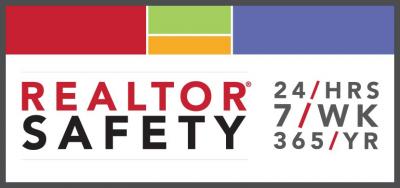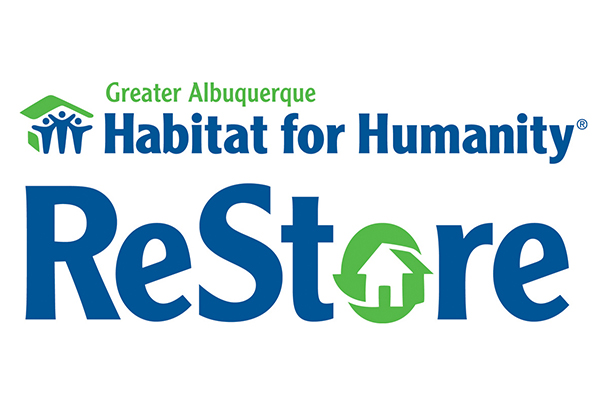
No matter how well you think you know the prospect you’re meeting, follow these guidelines when taking them to a property.
The company I work for, Cobra-Defense, was founded by a veteran law enforcement officer who, in nearly a decade of active service in the streets, fought, arrested, and interviewed hundreds of violent criminals. We’re built on a background of insight into the minds and actions of bad guys, and there are some common themes regarding how they choose their victims. That information has allowed us to develop a checklist for how to reduce the odds of being attacked.
A lot has been said of the practice of meeting strangers at homes, and it’s true that it’s not the smartest way to operate. But it’s been a part of the real estate industry for a long time, and it’s not going to change overnight. So for agents who will still do it, your office may have a certain protocol around safety, but this list can be your Agent Safety Protocol, or ASP, to administer in the field. It’s based on measures developed by people who have experience working in law enforcement.
Before the Appointment
When you’re on the phone setting up an appointment to meet a prospect at a home, tell the prospect that you’ll be arriving with a partner. Whether it’s true or not, this statement plants the seed that there will be more than one person present—and that’s not good news for a criminal.
Arrive at the appointment early, before your client has arrived, and make sure to
- Open the windows. If you find yourself needing to make a fast escape but you’re not near a door, a window may be your only exit.
- Unlock all doors. You lose precious time if you have to fiddle with locks to get out.
- Open the lockbox. The point here is to retrieve the key before your prospect shows up. That way, you won’t have to turn your back to him or her to get the key out.
- Wait in your car with the doors locked. The danger here is that your car confines you into a small space, but in some cases, the weather dictates that you take shelter. Waiting in the car is still much safer than waiting in the property.
- Send a text to your office. Alert someone to where you are and all of the information you have on the prospect. If you need help, that person will know pertinent information to give authorities.
- Keep your head up. Always be aware of your surroundings. Surprise attacks when you’re caught off guard make you more vulnerable.
When the Prospect Arrives
Once your prospective client is in the space with you, pay very close attention to his or her behavior. Small details can clue you in to whether something is wrong:
- Watch for anything suspicious such as a man wearing a long coat on a hot summer day. He could be concealing a weapon. If it feels like something is awry, trust that feeling and depart ASAP.
- If everything appears OK at the start, exit your car but stay well out of arm’s reach. The odds of an attack are reduced outside the property rather than inside, but keeping a distance makes it even more difficult for an assailant to jump you.
- Hold your phone up and say, “I’m sorry, but my boss is really strict on safety. Would you please move over to your license plate so I can send in a photo?” Quickly take the shots and send them in. Bad guys will probably object, which is your cue to return to your car and leave. Law-abiding citizens will have no problem with it at all.
- Ask for a photo ID. Take the ID, keeping an arm’s length between yourself and the prospect, and then step back a few steps to take a photo of it to send to your office. Ideally, move to the other side of your car so there is a barrier between the two of you while you take the photo. Remember, do not trust or accept anything other than a photo ID. A business card could easily have a fake name, address, and phone number. It’s a common practice for criminals to give false information to mislead and get you to soften your defenses.
- Because the lockbox is open and the door already unlocked, say, “I like for clients to enter the home alone as though you were coming home from work. Go ahead. You lead the way.” Give them about 10 seconds of lead time, but not so much that you lose sight of them.
- Once you enter the property, keep the prospect in your “10 and 2” range of vision at all times.
- Position yourself close to a quick exit as much as you can. However, if your back is to the exit, the bad guy may have a partner who surprises you. Be aware.
- Remind the prospect that your partner is on the way. Again, this statement is a huge deterrent.
The key to making this work is to use it consistently. Studies show that it takes 21 to 30 days to develop a new habit. Stick to the ASP for a few weeks, and like most everything in this business, it will become natural to you.
After all, it’s your ASP on the line.
By John Graden:
John Graden is the executive director of Cobra-Defense, a real estate-focused self-defense and safety training company offering on-site and online courses. Visit them online at SelfDefenseRealEstate.com. Graden can be reached at johngraden@mac.com.














Comments